In the modern era of technology, where mobility meets the demand for productivity, professionals and enthusiasts alike are constantly seeking ways to maximize their digital workspace. One such innovative solution involves extending your laptop’s screen real estate through monitor extension for laptop and laptop extended monitor techniques. This comprehensive guide delves into the steps, hardware requirements, applications, and security considerations for turning your laptop into a versatile workstation, all while keeping user needs at the forefront.
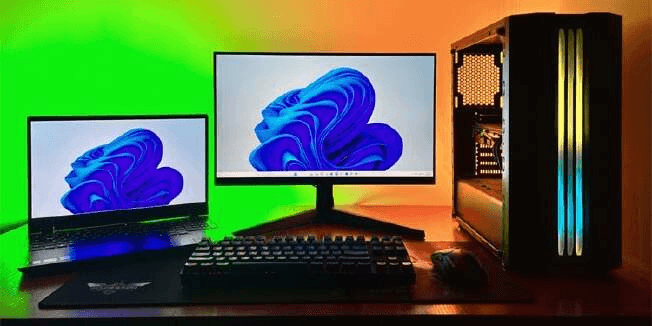
Steps and Techniques for Multi-Monitor Setups
Setting up your laptop to work with an extended display can be a transformative experience, providing you with the flexibility to handle multiple tasks simultaneously:
- Using Windows System Features:
- Detect Display: Windows can detect external displays automatically. Press
Win + Pto access display options, and choose “Extend” to expand your desktop. - Customize Settings: Go to
Display Settingsto adjust screen resolution, orientation, and screen arrangement. You can choose which monitor is the primary one or drag to rearrange screen positions. - Multiple Monitor Shortcuts: Use
Win + Shift + Left/Right Arrowto move windows between screens.
- Detect Display: Windows can detect external displays automatically. Press
- Third-Party Software Solutions:
- SpaceDesk: This app allows you to use your laptop as an additional monitor over Wi-Fi or Ethernet, providing flexibility for users without physical connectors.
- Duet Display: Initially designed for iOS/Android, this app can now turn your tablet or smartphone into an extended display for your laptop, leveraging the power of software to bypass hardware limitations.
- Multi-Monitor Tools: Software like DisplayFusion or Actual Multiple Monitors offers advanced features like window management, hotkeys, and virtual desktops.
Hardware Requirements and Compatibility
To successfully implement a monitor extension for laptop or laptop extended monitor:
- Display Outputs: Ensure your laptop has HDMI, DisplayPort, VGA, or USB-C ports. USB-C/Thunderbolt 3 ports are increasingly common on modern laptops, supporting both video output and power delivery.
- Graphics Card: A capable GPU is essential for handling multiple high-resolution displays. Check if your laptop’s GPU supports multi-display setups or if you need an external GPU for better performance.
- Operating System Support: Both Windows and macOS support multi-monitor setups, but ensure your OS version supports the features you require, like 4K resolutions or high refresh rates.
- Adapters and Docking Stations: For laptops with limited ports, consider using a docking station or adapter to expand connectivity options.
Productivity Applications
Expanding your laptop’s screen space can revolutionize how you work:
- Document Writing and Research: With an extended display, you can keep your research materials open on one screen while writing on another, reducing the need to switch tabs or windows.
- Email Management and Task Tracking: Use one screen for email communication and another for task management tools like Trello or Microsoft To-Do, enhancing workflow efficiency.
- Programming and Coding: Spread out your code editor, terminal, and documentation across screens to streamline development processes.
- Video Editing: Multiple monitors allow for a timeline on one screen, source clips on another, and effects or color grading tools on a third, making the editing process smoother.
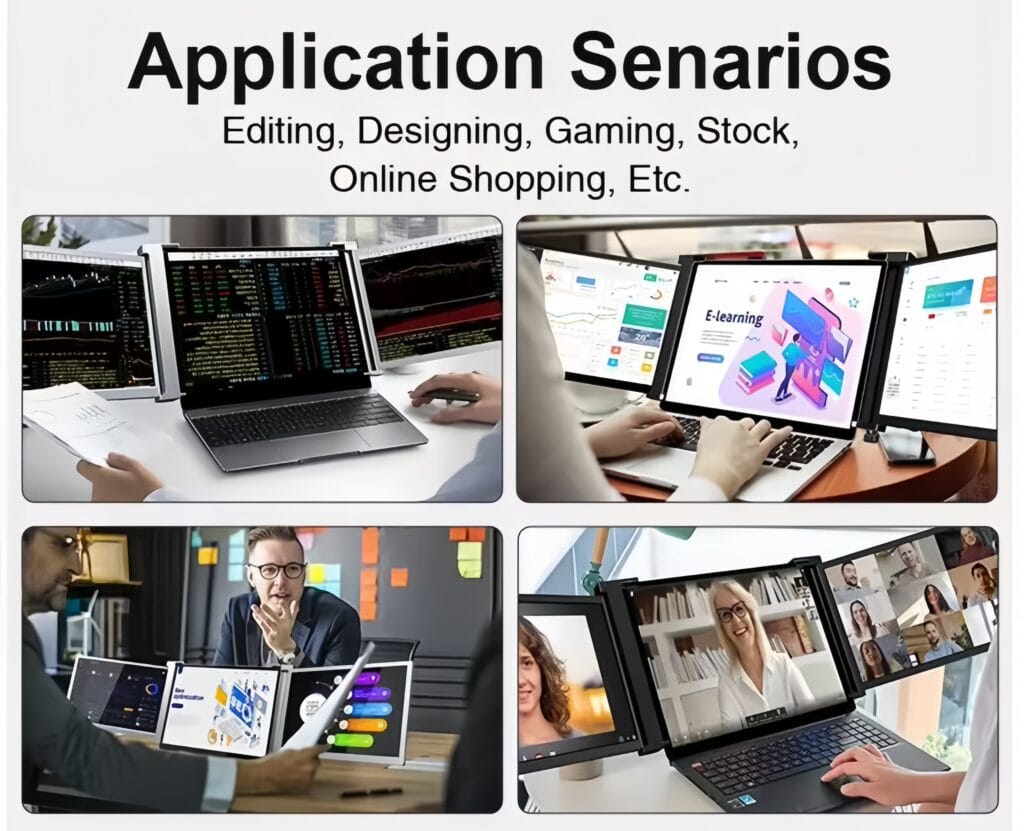
Enhancing Gaming and Entertainment
For gamers and entertainment enthusiasts:
- Immersive Gaming: ONext monitor extension for laptop can simulate a panoramic view, providing a more immersive gaming experience with better visibility of in-game details.
- Multiplayer Gaming: Use one screen for the game and another for chat or streaming software, facilitating communication without leaving the game.
- Entertainment: Watch movies, series, or live sports on one screen while keeping an eye on other activities or browsing on the second.
Travel and Mobile Workstation Setup
For those frequently on the move:
- Portable Monitors: Consider lightweight, portable monitors that can be easily packed and set up with your laptop, enhancing productivity during travel.
- Laptop as Monitor: When traveling with only one device, software solutions like SpaceDesk or Duet Display can turn your laptop into an extended display for your smartphone or tablet.
Security and Privacy Considerations
When using monitor extension for laptop:
- Physical Security: In public spaces, ensure your setup is secure to prevent unauthorized access to your extended screen.
- Software Security: Utilize screen locks, secure login protocols, and consider using virtual desktops or remote desktop software with strong encryption.
- Privacy: Use privacy filters on your screens to prevent shoulder surfing in shared environments.
Cost-Benefit Analysis
Investing in laptop extended monitor solutions:
- Hardware Costs: While there’s an initial cost for monitors, cables, or adapters, these are often one-time investments.
- Productivity Gains: Studies indicate that productivity can increase significantly with multiple monitors. This can lead to faster task completion, potentially offsetting the cost.
- Space Savings: For travelers or those with limited space, using a laptop as a monitor can be a cost-effective solution to expand screen real estate without the need for additional hardware.
Conclusion
In conclusion, leveraging monitor extension for laptop and laptop extended monitor setups can unlock new levels of productivity, creativity, and entertainment. By understanding the steps to set up these configurations, the hardware requirements, and the potential applications, users can tailor their workspaces to fit their needs, whether for work, play, or on-the-go productivity. While there are considerations for security and costs, the benefits in terms of efficiency, multitasking, and user experience often outweigh these concerns. With the right setup, your laptop can transform into a super workstation, providing a versatile, powerful, and flexible digital environment for all your needs.
ONext Related product recommendation
-
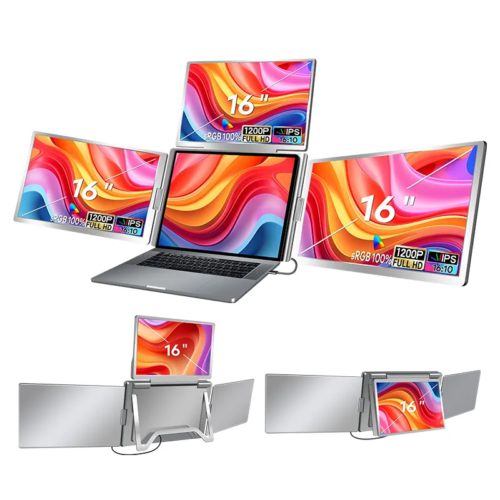 ONext 100% SRGB 16 Inch Quad Monitor 1 Cable for Trifold Laptop Monitors, Vibrant 3-Display for Windows & MacOS
ONext 100% SRGB 16 Inch Quad Monitor 1 Cable for Trifold Laptop Monitors, Vibrant 3-Display for Windows & MacOS -
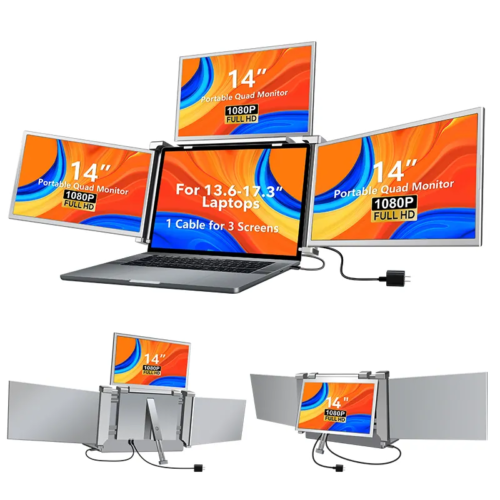 ONext 14″ Quad Monitor Laptop Screen Extender – FHD 1080P, 1 Cable for 3 Screens, Portable IPS for 13.6″-17.3″ Laptops (Win/Mac M1-M3)
ONext 14″ Quad Monitor Laptop Screen Extender – FHD 1080P, 1 Cable for 3 Screens, Portable IPS for 13.6″-17.3″ Laptops (Win/Mac M1-M3) -
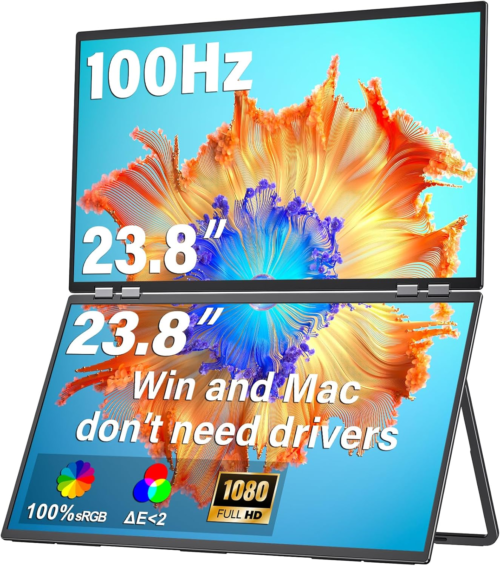 ONext 23.8″ FHD100Hz 100% sRGB Dual Screen Laptop Extra Monitor – 315° Adjustable for Work & Gaming
ONext 23.8″ FHD100Hz 100% sRGB Dual Screen Laptop Extra Monitor – 315° Adjustable for Work & Gaming -
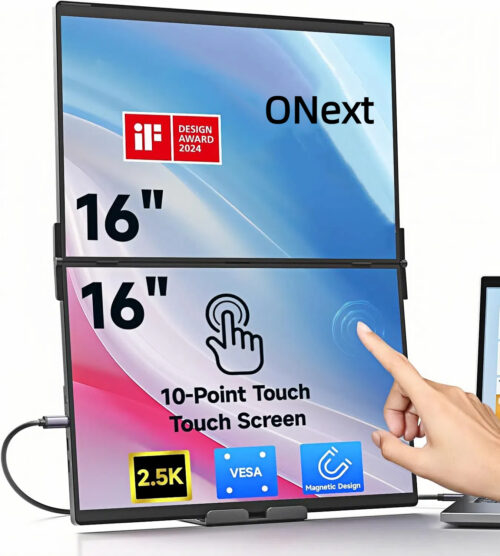 ONext 16″ Laptop Screen Extender Foldable Dual Stacked Portable Monitor with Built-in Hub, Magnetic Design, Single Cable for 1080P Triple Monitor Setup
ONext 16″ Laptop Screen Extender Foldable Dual Stacked Portable Monitor with Built-in Hub, Magnetic Design, Single Cable for 1080P Triple Monitor Setup -
 ONext 18.5″ Laptop Dual Screen Monitor 1080P 100Hz, Foldable Double Screen Laptop Display for Win/Mac
ONext 18.5″ Laptop Dual Screen Monitor 1080P 100Hz, Foldable Double Screen Laptop Display for Win/Mac -
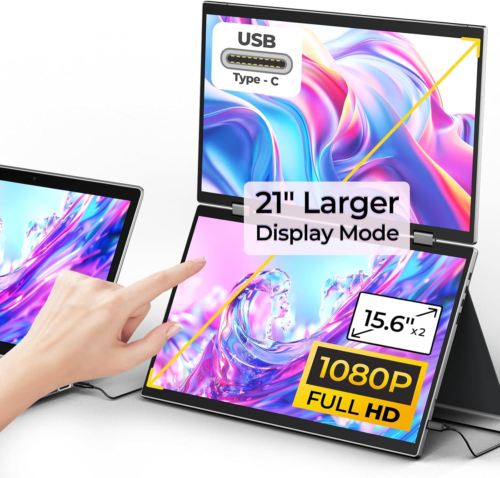 ONext 15.6″ Dual Screen 1080P FHD Stacked Folding Triple Monitor HDMI USB-C Portable Dual Monitor for Laptop Windows Mac (No Driver Needed)
ONext 15.6″ Dual Screen 1080P FHD Stacked Folding Triple Monitor HDMI USB-C Portable Dual Monitor for Laptop Windows Mac (No Driver Needed) -
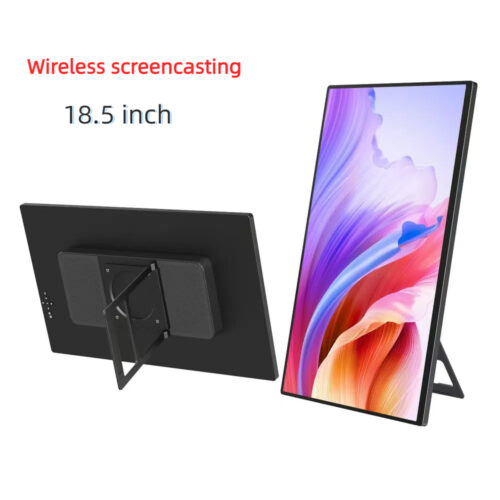 ONext 18.5 inch Portable Laptop Monitor ,Wireless screencasting Laptop Monitors with Kickstand
ONext 18.5 inch Portable Laptop Monitor ,Wireless screencasting Laptop Monitors with Kickstand -
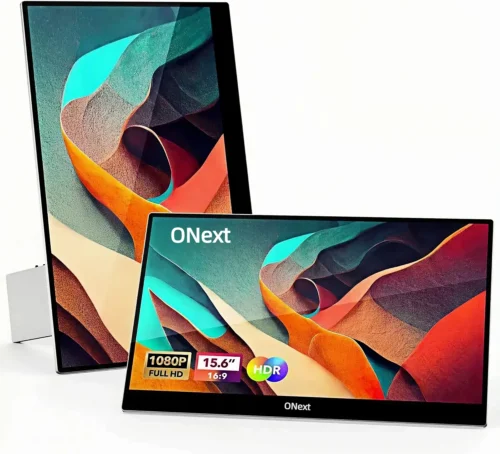 ONext Portable Monitor for Laptop, Slim 15.6 Inch External Monitor with Adjustable kickStand
ONext Portable Monitor for Laptop, Slim 15.6 Inch External Monitor with Adjustable kickStand -
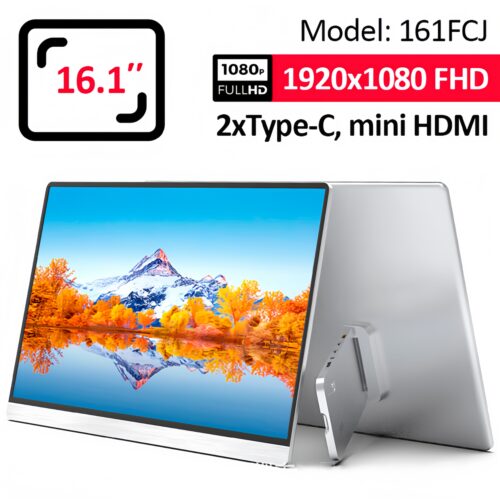 Portable Laptop Screen 16.1 inch Laptop Monitors Full HD, IPS, USB Type-C, Flicker Free, Blue Light Filter Silver With Foldable Stand
Portable Laptop Screen 16.1 inch Laptop Monitors Full HD, IPS, USB Type-C, Flicker Free, Blue Light Filter Silver With Foldable Stand